A few years ago, two teachers at High Tech High in San Diego started an astronomy club. Seven students came to the first meeting to look at the sky. Later, the group got hold of an old weather balloon, sent it up 90,000 feet, and took photographs of the sky and the earth. Now, 100 students, grades 9-12, engage in astronomy club activities after school, in the evening, and on weekends. Four girls in the club wrote an article for the Journal of Double Star Observations to share their discovery that what was thought to be a trinary star system is actually a binary system. In the article, they trace what may have been the thinking of the noted British astronomer who, in 1861, identified the system as trinary.
“The new subject is sustainability—of the planet and of human life.”
Why is this work happening after school? Why not in school? Think of the possibilities for cross-age learning and curriculum integration. Beyond the obvious math and science involved, one might ask how the Aztecs looked at the sky, or the Greeks. One might read and write science fiction. In any case, the astronomy club enables questions that are the sum and substance of teaching and learning for sustainability: Who am I? Who are we? What is our purpose together?
In this brief comment, following up on our chapter in Sitra’s Sustainability, Human Well-Being, and the Future of Education, we suggest three steps we can take now to make classrooms as engaging as clubs and facilitate teaching and learning for a sustainable future: change the subject, learn through dialogue, and support teacher inquiry.
1. Change the subject
Learning for sustainability is integrated learning. It focuses on big questions about natural and social ecology. It aims to develop all students as self-directed, collaborative learners who navigate systems and relationships in the pursuit of authentic projects. To serve these purposes, we need to organize the curriculum, not around subjects, but around problems, passions, and compelling questions. Broadly speaking, the new subject is sustainability—of the planet, and of human life thereon. The traditional school subjects serve, not as a set of daily way-stations, but rather as powerful lenses for understanding the world.
2. Learn through dialogue
When we change the subject, students connect with the world through inquiry, dialogue, critique, production, and exhibition. Public exhibition is, in effect, a culminating dialogical event that triggers key questions of quality. Is this work worth doing? Does it ring true? Does it contribute to the community? Are students engaged as self-directed, collaborative learners? Is there evidence of access and challenge for all learners? These are questions for dialogue among teachers and students. They are questions that launch us into the future of teaching and learning.
How do we change the subject and learn through dialogue, day to day? First, as students engage in inquiry and production, they engage in regular cycles of reflection, peer critique, and revision. These activities are grist for explicit instruction, including scrutiny of powerful models. As for routine practices, we suggest three: learning logs, where students record their activities and reflections; daily exit cards, where students offer quick comments about the work of the day; and portfolios of student work, which serve as a base for assessment and public presentations of learning. Already present in many classrooms, these practices offer a bridge to fully student-centered, dialogue-infused teaching and learning.
3. Support teacher inquiry
We cannot hope to change the subject without changing the conditions of work for teachers. Teachers at High Tech High come to school an hour before the students arrive every day, where they discuss curriculum, students, issues the school is facing, and questions they are pursuing in their own practice. The organization supports teacher inquiry in a variety of ways through its graduate school of education—in its teacher credentialing program, Master’s programs, and Center for Research in Equity and Innovation, which supports teacher inquiry groups in and beyond the organization. Teachers engage in cycles of inquiry about questions from their own practice, e.g., how can we use peer critique to develop a culture of collaboration in our classrooms? How can we increase students’ sense of agency in mathematics? How can we cultivate a sense of belonging and strengthen peer networks among boys of color so that they experience academic success?
In our chapter of Sustainability, Human Well-Being, and the Future of Education, “Schools as Equitable Communities of Inquiry”, we propose to blow up the schedule, change the subject, tear down the walls, and recast the role of teachers. Easier said than done, but we can start now. Let’s change the subject, engage in dialogue, and construct learning environments where we all, educators and students alike, can pursue vital questions and co-design the future of learning.
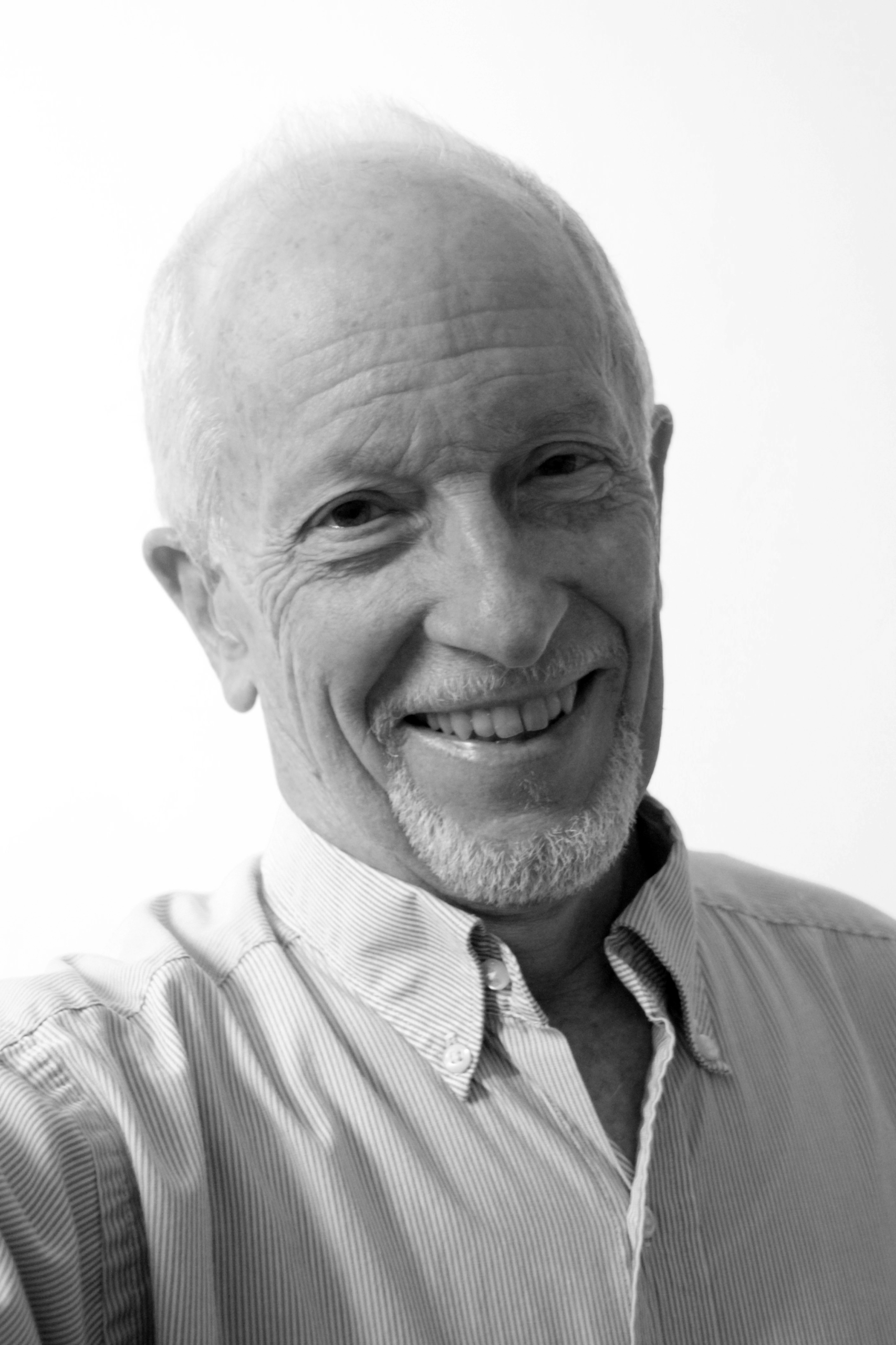




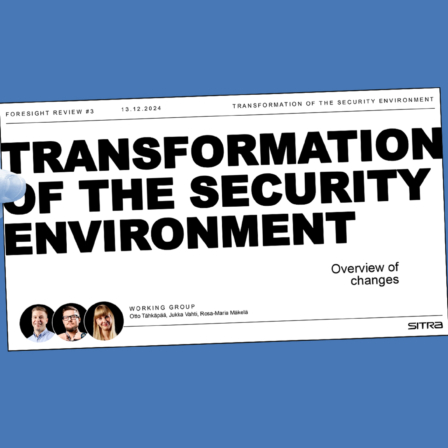
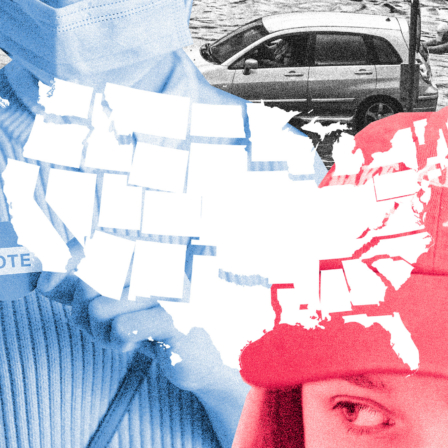
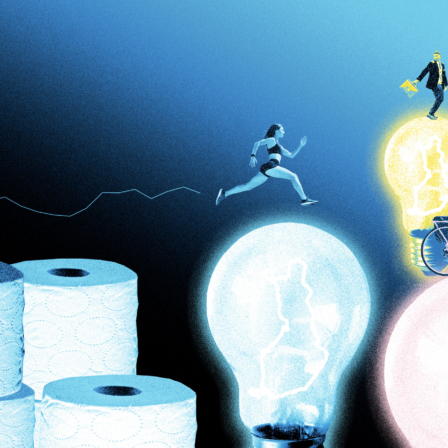
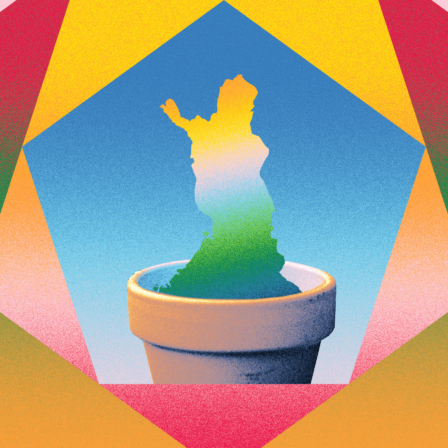
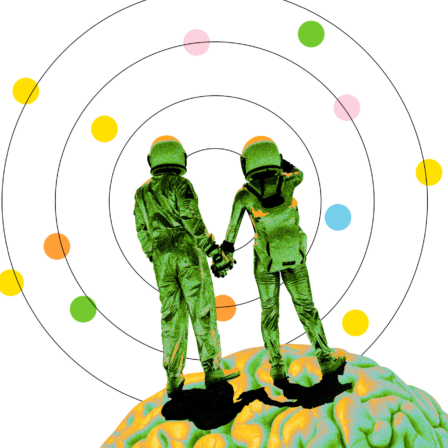

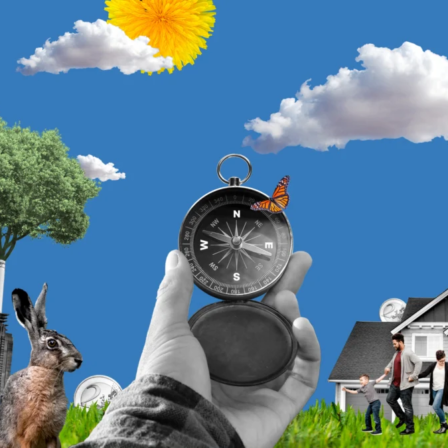

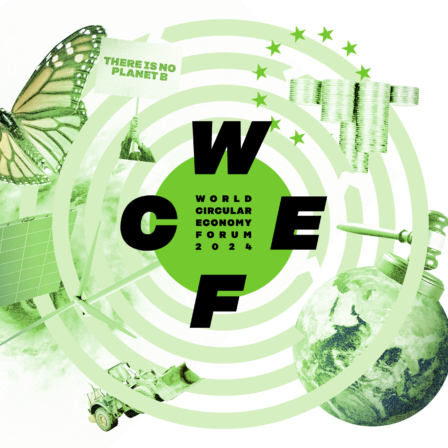
Recommended
Have some more.